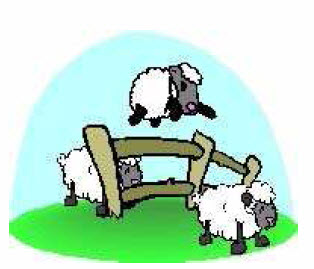题目链接:http://acm.hdu.edu.cn/showproblem.php?pid=2952

2 4 4 #.#. .#.# #.## .#.# 3 5 ###.# ..#.. #.###
6 3
题解:递归标记一些就好了....DFS都不用回溯。
AC代码:
#include<iostream>
#include<string>
#define N 105
using namespace std;
string str[N];
int t,m,n;
int dir[][2]={
{0,1},{0,-1},{1,0},{-1,0}
};
void dfs(int x,int y ){
for(int i=0;i<4;i++){
int dx=x+dir[i][0],dy=y+dir[i][1];
if(dx>=0&&dx<m&&dy>=0&&dy<n&&str[dx][dy]=='#'){
str[dx][dy]='.';
dfs(dx,dy);
}
}
}
int main()
{
cin.sync_with_stdio(false);
cin>>t;
while(t--){
int sum=0;
cin>>m>>n;
for(int i=0;i<m;i++)cin>>str[i];
for(int i=0;i<m;i++)
for(int j=0;j<n;j++)
if(str[i][j]=='#'){
sum++;
str[i][j]='.';
dfs(i,j);
}
cout<<sum<<endl;
}
return 0;
}
原文:http://blog.csdn.net/mummyding/article/details/43680241